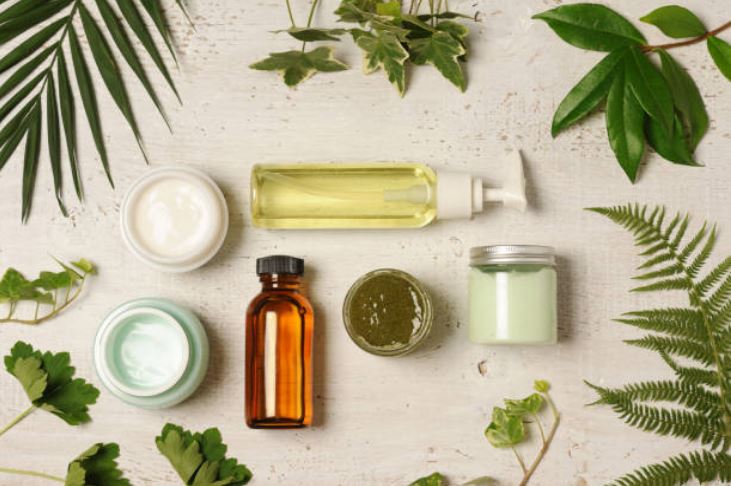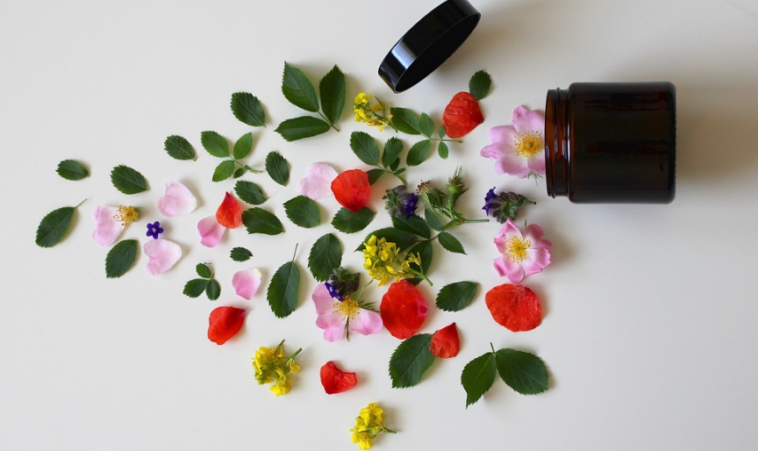Organic cosmetics have been on the rise for several years. Better for consumers and good for the planet, they have everything to appeal. However, this success has inspired many brands who have decided to ride this wave by offering products labeled organic. The problem is that many of these products are organic in name only and create confusion among consumers! However, making people believe that a product is healthier than it is is what we call greenwashing and this dishonest practice is common in large retailers. So, how to recognize quality organic cosmetics? Here are some keys accessible to everyone!
No longer mix “organic cosmetics” and “natural cosmetics”

Organic meets specific obligations, particularly in terms of the quality of ingredients. However, the term “natural” does not comply with any regulationswhich leaves the door open to anything and everything. Thus, products based “natural active ingredients” or vague plants “of natural origin” do not protect you from controversial ingredients. Often, these “natural” ingredients are also present in the composition in very small quantities. Indeed, where organic must have 95% natural ingredients, natural does not have no minimum percentage ! Furthermore, we know neither their origin nor the production and they can be full of GMOs as well as pesticides. In short, natural cosmetics are rather halfway between organic and traditional. Organic and natural are therefore not the same.
Of course, there are nuances. Water and clay, common ingredients in cosmetics, are 100% naturalbut cannot be considered organic, because they are obviously not not from agriculture. But many products on the market are largely water-based and will have it as the first ingredient. However, this does not make them any more natural or healthy!
Labels and certifications are a good way to recognize quality organic cosmetics

Manufacturers must follow very precise specifications and charters to claim these keys and the checks are numerous. Often, for example, they must ban certain harmful ingredients and include a minimum level of ingredients of natural origin. Therefore, we advise you to trust European reference organizations such as the famous Ecocert. This makes it possible to obtain a certification obtained for example by the organic products of Absolution cosmetics and many other brands and makes it possible to display the words “product from organic farming”. You can also rely on: AB, Nature et Progrès, Aclave, Agrocert, Bio Cohérence, Demeter, Qualité France, etc.
Composition is another crucial element in choosing a good product

Some facts about the composition of organic cosmetics
If you buy an organic make-up remover for example, you will know that it will not have no petrochemical or toxic ingredients inside. Also, it will have fewer additives, because only 47 are authorized in organic (compared to 300 for conventional). However, organic cosmetics based on natural ingredients can still present risks. This is the case if they include essential oils, plant extracts or natural perfumes which may irritate or give rise to allergies. In addition, in a 95% organic product, certain ingredients that are difficult to replace may be synthesis in the remaining 5%. Here we find perfumes, preservatives, emulsifiers and surfactants (which makes foam). But of course, this remains regulated by the certification bodies.
So how do you recognize a good composition? Read the ingredients!
Already rely on the length of the INCI list. In fact, multiplying natural active ingredients in small quantities makes them less active in general. So, when you are looking for your new organic moisturizer for example, prefer a short lista sign that the ingredients have been handpicked and go to the essentials. Also, be aware that the list goes from the most present ingredient in the formula to the least present. Thus, you can verify that the active ingredient touted on the packaging is present at the top of the composition. Of course, this is not a golden rule, because certain ultra-concentrated active ingredients can be used in low doses, but it remains a good indication to avoid marketing pitfalls.
Source
Related articles:


